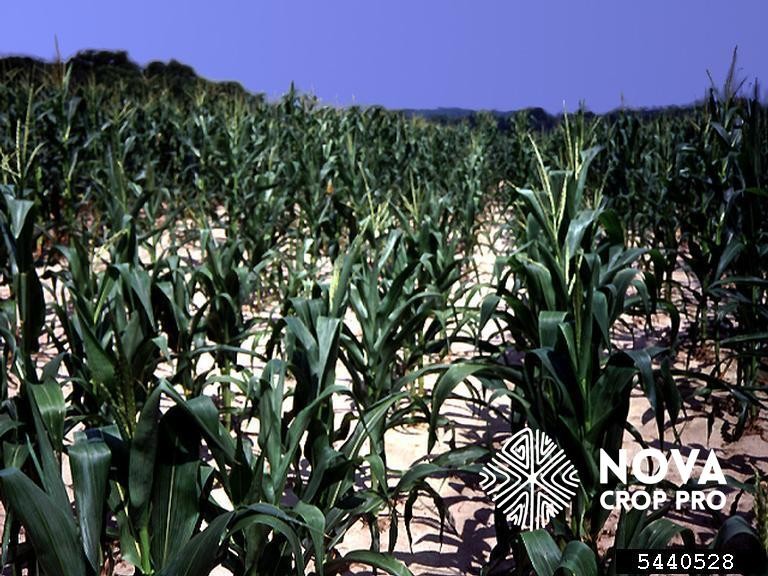
Today, we explore the intriguing world of the corn cyst nematode (CCN), scientifically known as Heterodera zeae. This microscopic menace may not be on every farmer's radar, but its potential impact on corn production demands our attention.
What is the Corn Cyst Nematode?
Heterodera zeae is a plant parasitic nematode that primarily feeds on corn (maize). First described in India in 1970, this tiny invader has since been reported in Egypt, Pakistan, and even made its way to the United States. While it's not currently a major economic concern in the U.S., its presence serves as a reminder of the ever-evolving challenges in agriculture.

The Life of a Corn Cyst Nematode
The life cycle of the CCN is as fascinating as it is alarming:
It begins as an egg within a cyst - the hardened body of a dead female nematode.
The juvenile hatches and seeks out corn roots.
Once it finds a root, it penetrates and establishes a permanent feeding site called a syncytium.
The nematode develops into adulthood, with females producing around 150 eggs in ideal conditions.
After death, the female's body hardens into a protective cyst, continuing the cycle.
What's particularly interesting is the CCN's temperature preference. Unlike many pests, it thrives in high soil temperatures, with optimal development at or above 97°F (36°C). Climate change, anyone?

The Hidden Impact
While the CCN might not be making headlines, its effects can be subtle yet significant:
Stunted plant growth
Reduced corn yields
Potential damage to other grass crops like wheat, barley, and rice
The nematode's ability to form a specialized feeding site (syncytium) in the plant roots is particularly clever, diverting nutrients away from the plant's growth and towards its own survival.

Management: A Balancing Act
Currently, the CCN isn't considered a major economic threat in the U.S., largely due to its limited distribution and high temperature requirements. However, as our climate continues to change, we may need to keep a closer eye on this tiny adversary.
Potential management strategies include:
Crop rotation with non-host plants (e.g., soybeans, alfalfa)
Monitoring soil temperatures
Developing resistant corn hybrids

What other hidden agricultural challenges are you keeping an eye on? Share your thoughts in the comments!